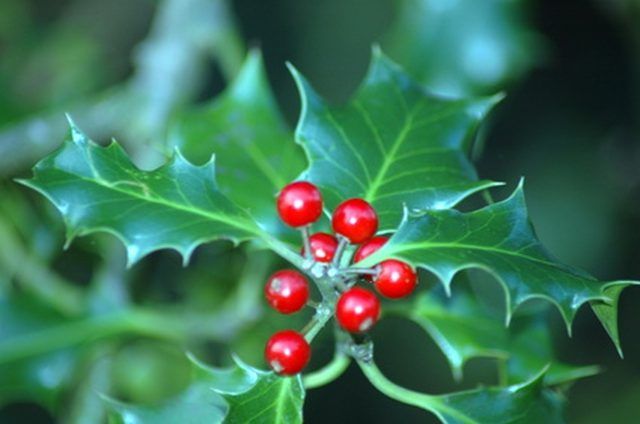Bulbs
Flower Basics
Flower Beds & Specialty Gardens
Flower Garden
Garden Furniture
Garden Gnomes
Garden Seeds
Garden Sheds
Garden Statues
Garden Tools & Supplies
Gardening Basics
Green & Organic
Groundcovers & Vines
Growing Annuals
Growing Basil
Growing Beans
Growing Berries
Growing Blueberries
Growing Cactus
Growing Corn
Growing Cotton
Growing Edibles
Growing Flowers
Growing Garlic
Growing Grapes
Growing Grass
Growing Herbs
Growing Jasmine
Growing Mint
Growing Mushrooms
Orchids
Growing Peanuts
Growing Perennials
Growing Plants
Growing Rosemary
Growing Roses
Growing Strawberries
Growing Sunflowers
Growing Thyme
Growing Tomatoes
Growing Tulips
Growing Vegetables
Herb Basics
Herb Garden
Indoor Growing
Landscaping Basics
Landscaping Patios
Landscaping Plants
Landscaping Shrubs
Landscaping Trees
Landscaping Walks & Pathways
Lawn Basics
Lawn Maintenance
Lawn Mowers
Lawn Ornaments
Lawn Planting
Lawn Tools
Outdoor Growing
Overall Landscape Planning
Pests, Weeds & Problems
Plant Basics
Rock Garden
Rose Garden
Shrubs
Soil
Specialty Gardens
Trees
Vegetable Garden
Yard Maintenance
How to Landscape With Holly Bushes
How to Landscape With Holly Bushes. Holly bushes are ornamental plants, known for their waxy, spiny leaves and seasonal berries. Evergreen holly bushes are popular in residential landscapes, providing interest and color, even on the cloudiest of days. There are hundreds of varieties, and they vary in size, shape, leaf pattern and berry color. Holly...

Holly bushes are ornamental plants, known for their waxy, spiny leaves and seasonal berries. Evergreen holly bushes are popular in residential landscapes, providing interest and color, even on the cloudiest of days. There are hundreds of varieties, and they vary in size, shape, leaf pattern and berry color. Holly bushes are dioecious, meaning they require both male and female plants in order to produce fruit. They're grown in sun and part shade, and need little pruning. They're aesthetically pleasing, but perform many other functions as well.
Soften the foundation of your house by planting a row of evergreen hollies, such as Inkberry holly, Little Red holly or Green Lustre Japanese holly. Evergreens will conceal ugly foundations all year, while their red, white and black berries will add color during gray winter months. Keep thorny holly bushes away from utility meters or other areas that need regular access.
Feed birds and other wildlife with holly bushes. Birds love holly berries, especially in winter when food is scarce. Raccoons, wild turkey and opossum may also snack on the fruit, while herbivores, or plant eating animals, enjoy the taste of holly leaves.
Plant holly bushes next to or around a water feature or birdbath. Birds will appreciate the short travel between their food and water source, and thorny hollies will provide protection from four-legged enemies.
Provide privacy by planting tall holly bush varieties, such as Dragon Lady and American and English holly varieties. These hollies may reach up to 30 feet high, and will also provide shade and block out unwanted views.
Secure your home by planting thorny holly bushes in insecure, unprotected or dark areas around your house and property to deter both human and nonhuman intruders. Plant en masse and under windows, near unused gates and around fence lines. Don't plant too close to often-used entryways or walkways; you don't want to deter welcomed visitors.
Give your property a clean and formal look by growing a holly bush hedge. Plant a row or circle of Green Lustre Japanese holly or Inkberry holly in or around the property. Prune occasionally to keep bushes even and clean-looking.
Use holly bushes as focal points in flowerbeds, gardens and other areas of the landscape. With their attractive berries and interesting leaves, hollies add color and texture to a garden space. They also come in a variety of shapes and sizes, which makes them easy to incorporate into just about any space. Try a heavy fruit producer, such as Old Heavy Berry American holly, or Rubricaulis aurea English holly, which has variegated forest-green and cream leaves.
Plant holly bushes to highlight annuals, perennials and other shrubbery. The dark, waxy leaves provide a lovely backdrop to colorful flowers and shrubs, such as tulips, Black-eyed Susan's, daisies, mums, forsythia and burning bushes.
Add winter interest with hollies. Leaf colors range from light green to dark green to variegated varieties, and hollies produce black, white or red berries. Winterberry holly is deciduous, which means it loses its leaves in the winter, but produces a multitude of red berries. Plant Inkberry holly for its black berries and Rubricaulis aurea English holly for its variegated leaves.
Plant American holly or English holly for holiday and Christmas decorations. Plant near pyramidal evergreens and add lights. Cut snippets for wreaths, garlands and floral arrangements.
Tips & Warnings
Plant male holly bushes within 30 feet of female hollies to ensure fruit production.
Keep holly berries away from children--they may cause vomiting and diarrhea if ingested.